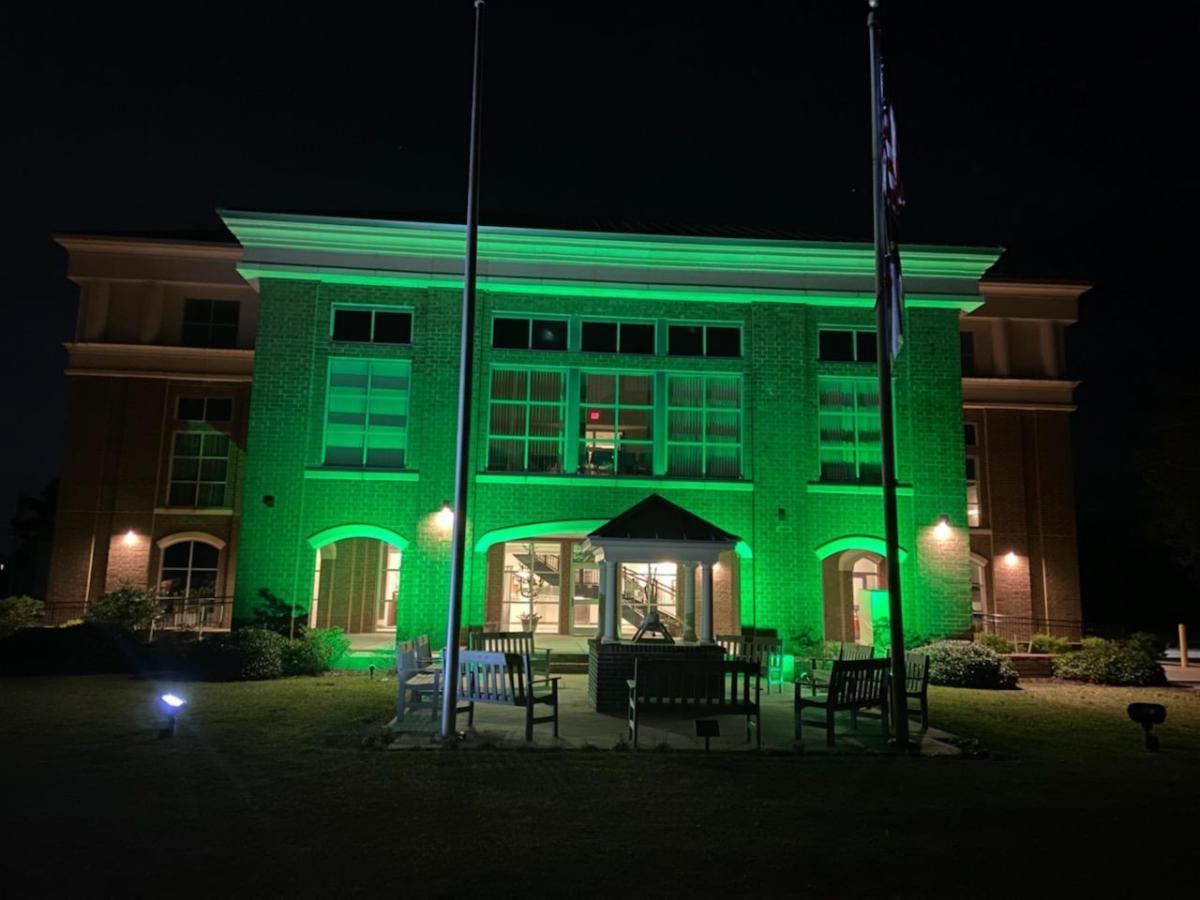Joining forces on solar farms
Published 6:20 pm Tuesday, August 15, 2017
At a recent Beaufort County Board of Commissioners meeting, many people spoke about the issue of solar farms being installed on county land.
There were those representing solar farm companies asking for the county not instate a moratorium for projects already in the works; there were those representing the neighborhood where a 600-acre solar farm is proposed for land traditionally farmed and is adjacent to Terra Ceia Christian School. Others pointed out that plans they’ve seen for the solar farm don’t address drainage concerns for areas that are prone to flooding — for example, maintenance of ditches that do most of the draining from these fields.
Some have criticized commissioners as not acting in the best interests of county residents by allowing the project to move forward. Board Chairman Frankie Waters brought up the fact that commissioners have listened to all sides of the Terra Ceia solar farm argument, yet have been accused of not taking the issue seriously. Not so, Waters said, but one thing informing commissioners’ actions is the board’s support for individual property rights.
“We’ve always tried to protect the property rights of our citizens. We’ve tried to stay out of the business decisions that’s been made by the property owners that own the three farms in the Terra Ceia community,” Waters said. “All three have signed contracts that are governed by the state statute of North Carolina. Any strong arming by the county governing board, which is your county commissioners, such as spot-zoning, would result in a potential lawsuit. And I say potential, but I think it’s a reality.”
The logical solution is to take a stance moving forward, which is what commissioners have set into motion. It may be a colossal task, as there are issues controlled at the state level that define how Beaufort County is financially impacted by solar farms. For example, the county is only allowed to tax solar farms at 20 percent of its regular tax rate due to federal and state legislation related to renewable energy. There is also no uniform plan in place to address who pays for cleanup of a solar site once a lease on the land runs out or a company pulls out—it could very well fall to the county. What cleanup entails, no one seems to be sure, but the potential for toxic soil caused by leakage from batteries and removal of unsightly equipment have been mentioned. According to Waters, the 65 million customers in 13 states who benefit from solar energy should share the cost, but that’s not up to this Board of Commissioners to decide.
It should take counties coming together to lobby legislators as a group, as many counties are struggling to deal with the same issues. And legislators should listen, as these solar farms could have long-term impact on the land, and the residents, of this state.





